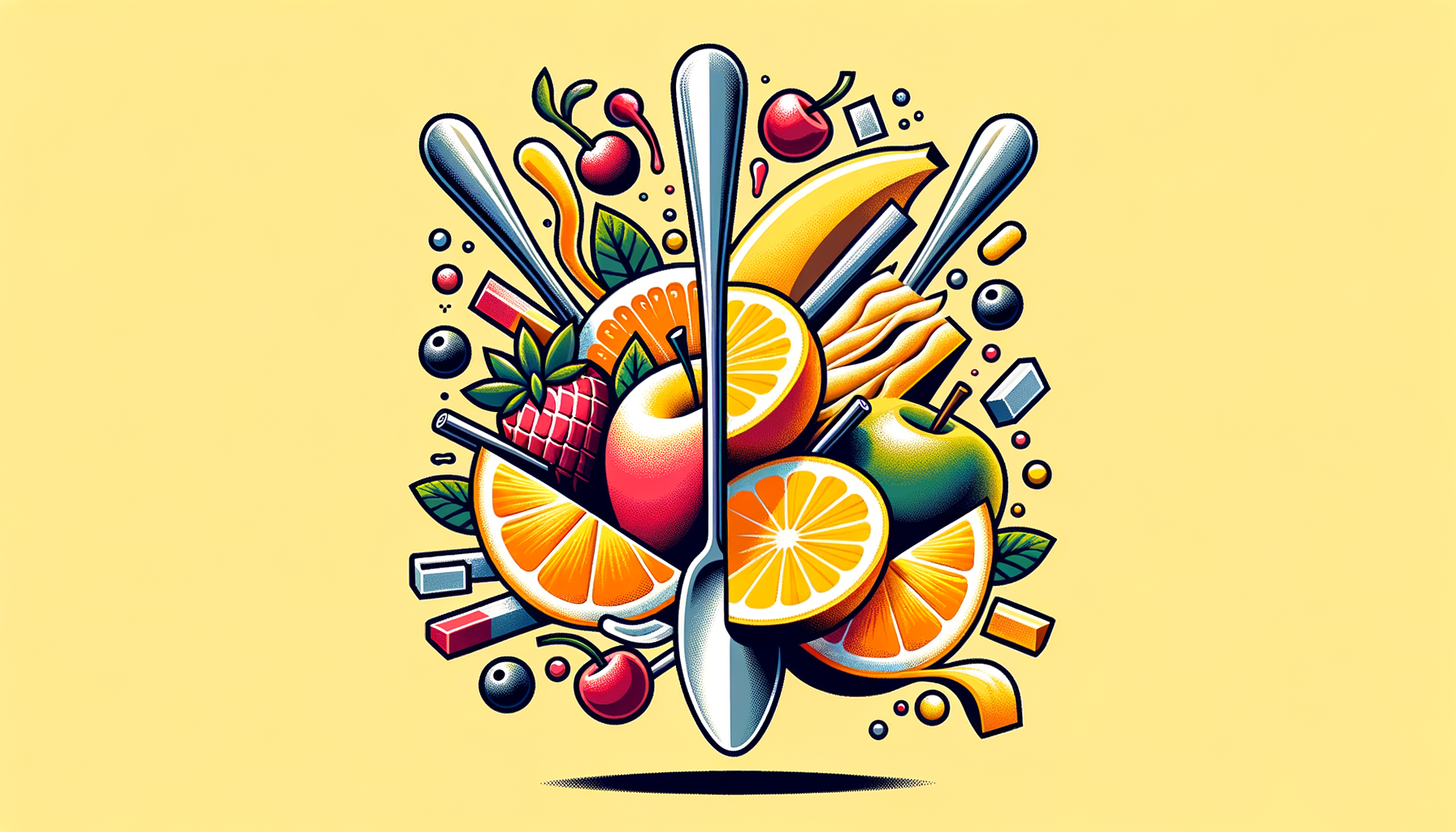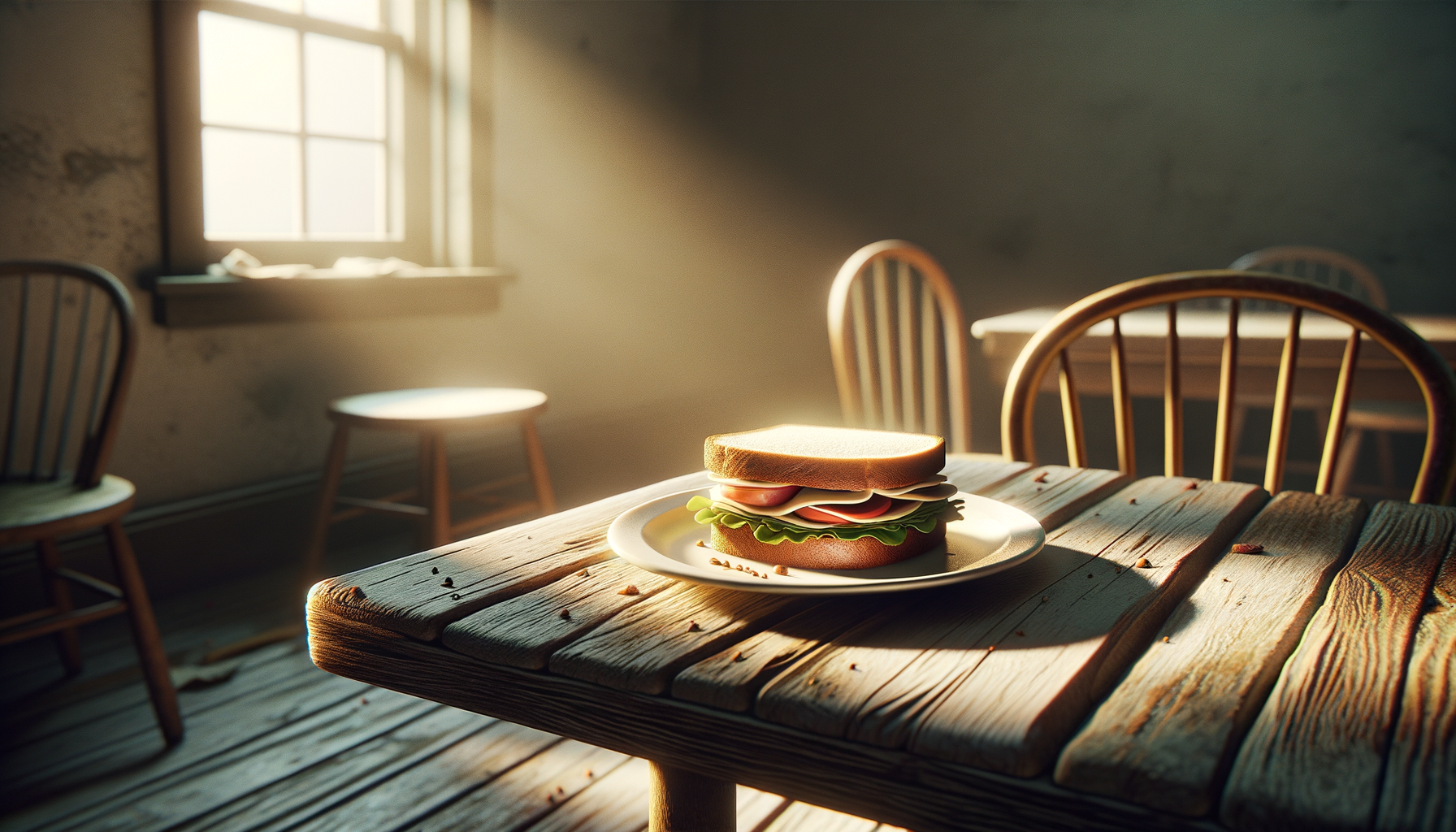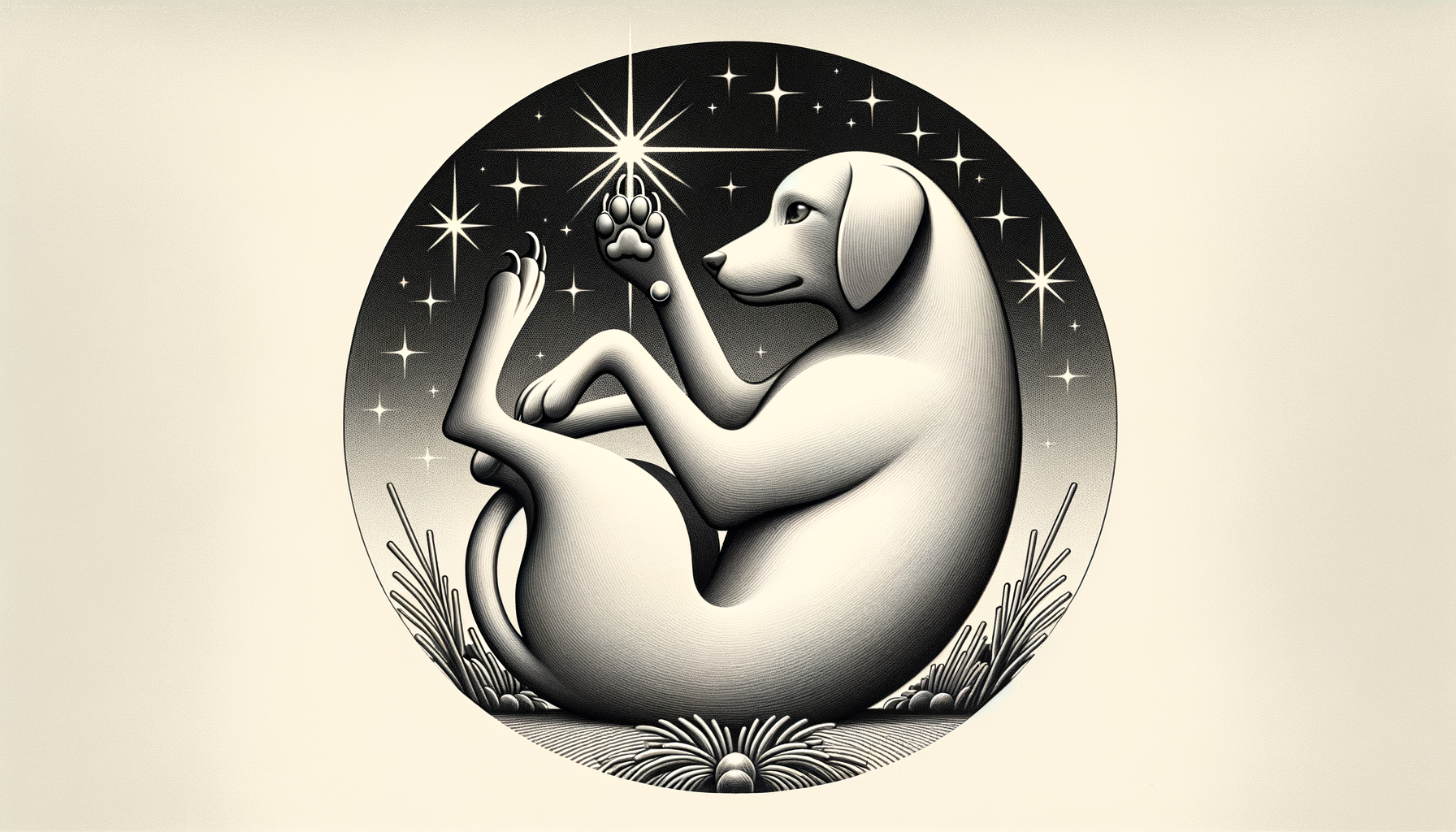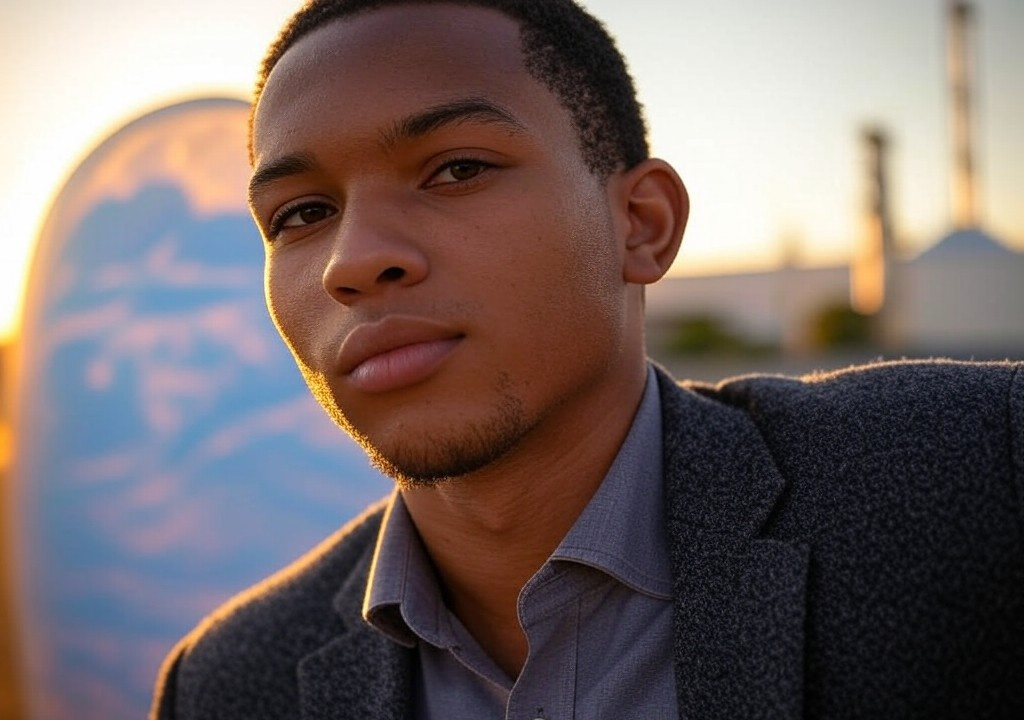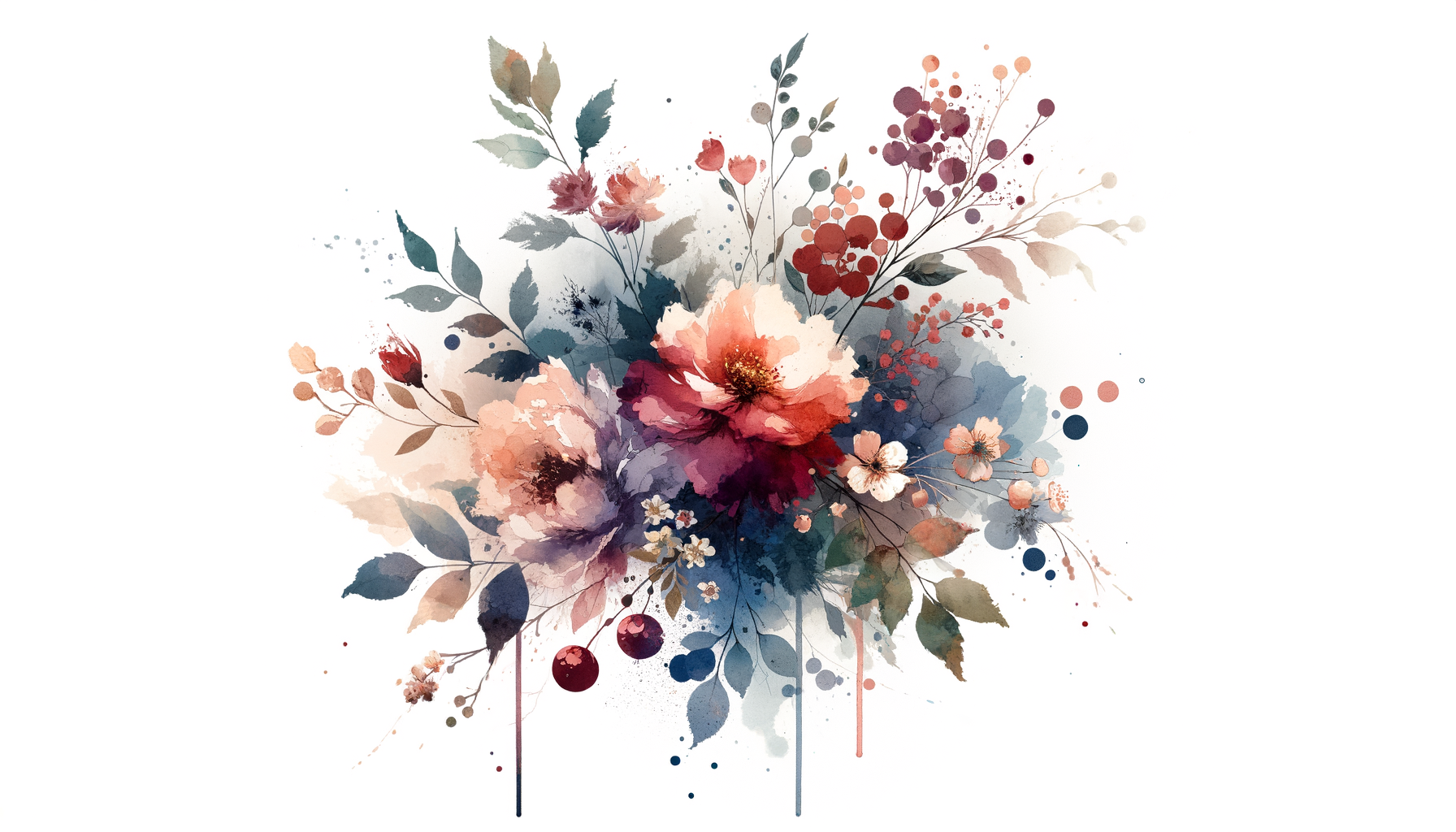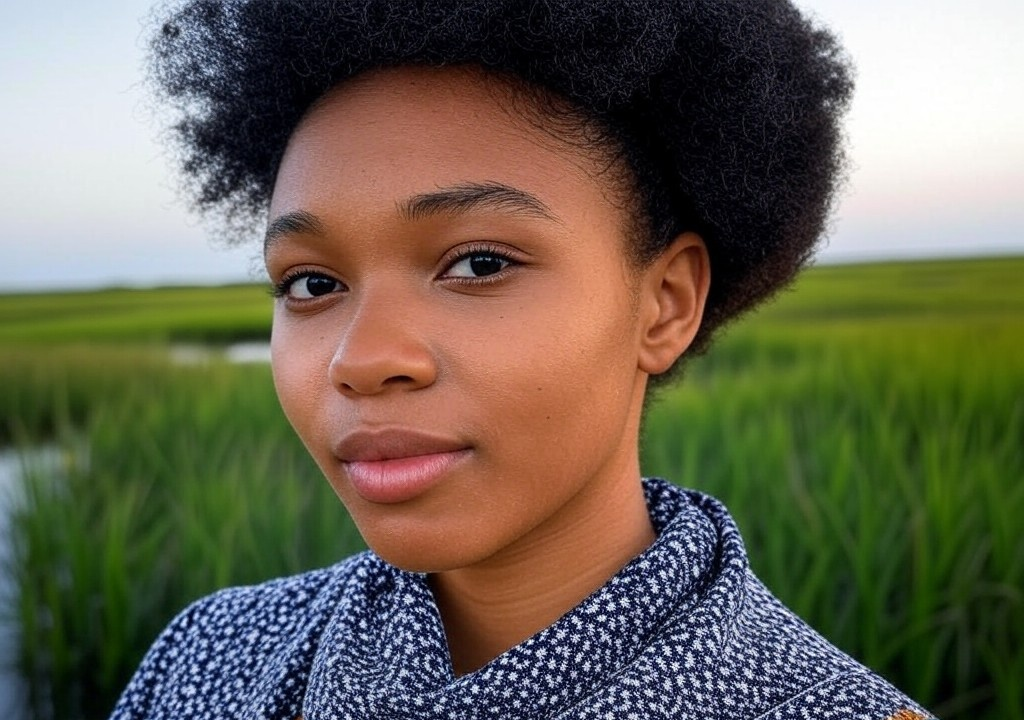The Introduction to Messing Up Big Time
Failure has a distinct look and feel: sweaty palms, a lump in your throat, and a mounting sense of dread as you replay every wrong move like a bad movie you didn’t even audition for. My first big failure didn’t just sting—it body-slammed me, left a footprint on my ego, and forced me to confront a version of myself I’d been avoiding. The beauty of it? It’s also the experience that shaped my resilience, forged my path, and taught me to laugh—even at myself. And yes, before you ask, this particular failure did include a disastrously baked pumpkin mousse pie and a thoroughly mortifying family Thanksgiving story. But we’ll get there.
Let’s rewind, because all good mistakes have a backstory. Mine started at a dinner table in Santa Barbara, amidst the glow of those perfect golden coastal sunsets. This failure, as humbling as it was, taught me lessons on relationships, self-realization, and why you should never try to emulate Martha Stewart with zero prep.
Act I: The Perfectly-Imperfectionist Setup
Here’s the thing about growing up in a family that throws coastal charity events like other people host game nights: there’s a certain pressure to perform, to dazzle. My parents, all well-meaning and champagne-sipping sophistication, made “effortlessly polished” look easy. At 24, freshly armed with a degree in Environmental Studies and a confidence teetering somewhere between cocky and clueless, I thought it was my time to shine.
I had moved back to Santa Barbara after college before heading off to Stanford, and as Thanksgiving rolled around, I volunteered to impress the tastefully opinionated members of my extended family. My pièce de résistance? A pumpkin mousse pie from scratch.
Coupled with candlelight and visions of future yearly traditions, this dessert was meant to seal my place as the heir to our family’s time-honored culinary throne. But here’s the thing about hubris dressed in canned pumpkin puree: it doesn’t always work out.
Act II: Hubris in the Kitchen
In hindsight, I could write an entire manual on what not to do.
First Red Flag: I hadn’t actually baked anything since high school, where my kitchen experimentation had been limited to boxed brownies. Did I spend the days leading up to Thanksgiving practicing? Of course not. Why would I? Confidence was my secret ingredient, even if the rest were a vague Pinterest recipe and a barely functioning handheld mixer.
Second Red Flag: I didn’t properly read the recipe before starting. I skimmed it, nodded sagely at words like “soft peaks” and “gelatin bloom,” and figured I’d wing it. How hard could mousse be?
Cue the Great Pie Meltdown of the 21st Century: I spilled the gelatin mixture across the counter, mistook salt for sugar (not a sprinkle—a full cup), and forgot to chill the crust. At some point, one of our family dogs sampled the resulting disaster and looked genuinely alarmed by what he’d tasted.
By the time I slid my masterpiece onto the Thanksgiving table, its appearance was in line with one of Picasso’s more experimental phases. My uncle Conrad, a man who lives for candied pecans and quality control, jabbed it gingerly with the serving spoon before asking, “Is it supposed to look like…this?”
Act III: Face Planting in Front of Family (and Recovering Gracefully)
It wasn’t just the pie; it was what this culinary catastrophe represented. I had hyped myself up, trying too hard to impress people who weren’t keeping score in the first place. Somewhere between the melted whipped cream and the inexplicably caramelized crust, I realized the pressure I felt wasn’t coming from my family. It was self-imposed.
Failure can humble you faster than a room full of raised eyebrows. And yet, those moments can also teach you a thing or two about self-worth and authenticity. My grandma—bless her—ate two bites and reassured me, “Everyone burns their first pie. Now you know what not to do.”
That evening, over less polarizing desserts my mom had prepared “just in case,” it hit me: the people who matter most don’t expect perfection. They want to know you’re showing up, trying, being human. My family doesn’t remember that Thanksgiving as “The Year Chris Failed at Pie.” They remember it as the year we all laughed until tears streamed down our faces, the year the dog got a second helping of my failed mousse.
What I Learned from My Big Flop
You don’t need to manufacturing success to connect with the people in your life, whether they’re family, friends, or that charming stranger you met over your morning coffee. Big screw-ups? They tend to remind you that authenticity is far more endearing than any performance.
Here’s what I took away from my pumpkin-flavored failure (besides a healthy respect for pre-made pie crusts):
- Perfection is Overrated: Nobody cares if your pie wobbles like a Jell-O mold gone rogue. Embrace what makes you real, even if it means being a little messy.
- Prepare a Little, But Don’t Overthink: If I’d read the recipe fully and practiced once, I might still have failed, but I would’ve avoided losing three mixing bowls to an ill-fated attempt at “fast whisking.” Being prepared isn’t about avoiding mistakes but learning to handle them better.
- Laugh About It: Vulnerability is more attractive than perfection. In dating, family dinners, or ambitious career goals, laughing at your missteps prevents them from owning you.
- Your People Want You, Not Your Pie: Whether it’s old friends or new loves, remember this: the relationships that last are the ones where you’re celebrated, not scrutinized.
Closing the Recipe Book
Looking back, the pie was a small failure that uncovered a deeper lesson: resilience doesn’t come from spotless performances. It comes from falling on your face (or your mousse) and realizing that life—and love—is sweeter when you let yourself stumble.
So, here’s my encouragement to you, dear reader. Go ahead, volunteer for the scary thing, even if you’re unsure you’ll nail it. Make the pie. Ask the person out. Take the leap. Mess up famously, laugh even more famously, and remember that all good failures eventually turn into stories you tell with a smile—and a certified store-bought backup plan.



